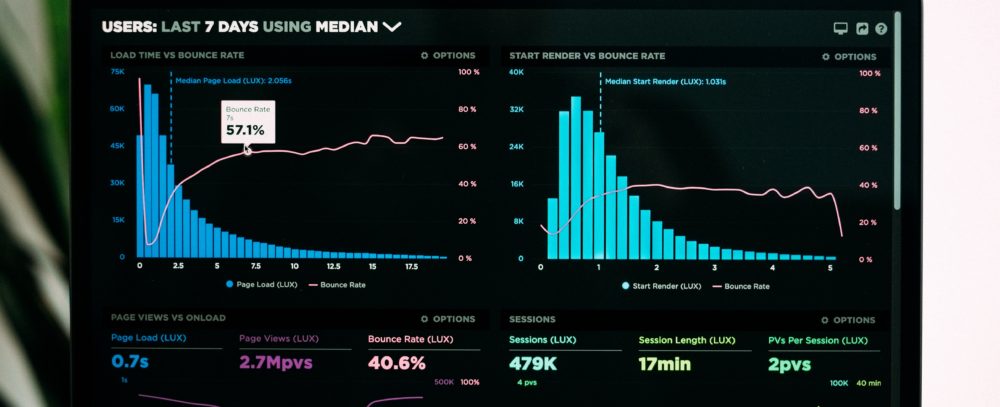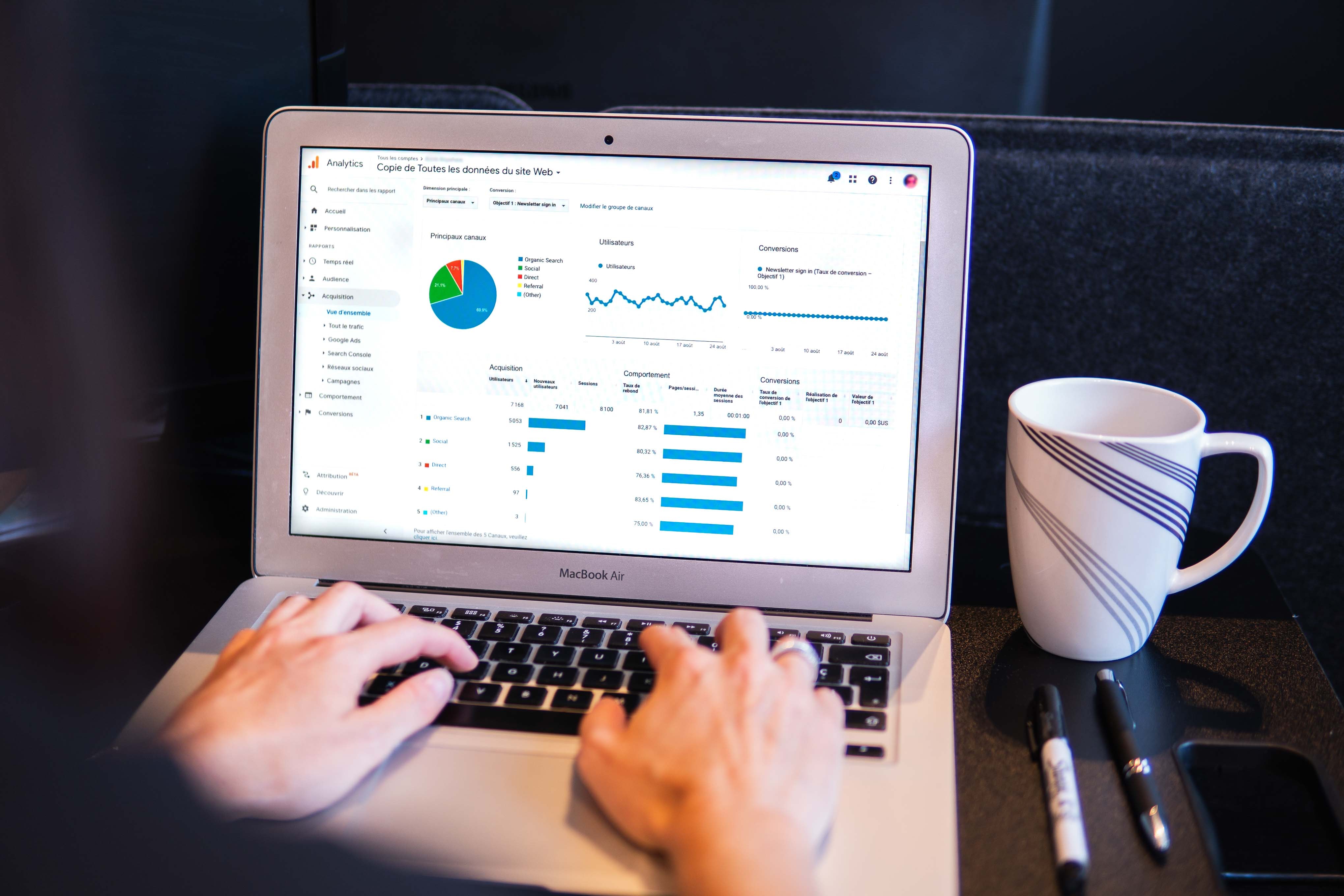7 Digital KPIs That Actually Matter: Tracking Data That Gives Actionable Insights to Grow Your Business

Key Performance Indicators (KPIs) are important tools in digital marketing that show which tactics and content are driving web traffic or resonating with your audience. When used properly, they can provide insights on future growth avenues, which is even more critical for brands and organizations following the recent recession. If data is not telling you what you want to know, try switching up your KPIs. A good KPI is simple, provides actionable data, ladders up to specific business goals, and is easy to measure—while still capturing the big picture.
Making your data as efficient and clear as possible involves focusing on the KPIs that matter and pivoting away from those that no longer serve a purpose. Metrics that can be easily manipulated or are too narrow should be avoided. While it may be tempting to hold on to measurements that look and feel good, like ranking #1 for a keyword, if a KPI isn’t tied to a call to action or conversion to sales you should pivot to others that do.
Below are seven KPIs that are important for tracking performance within your website and advertising to achieve digital dominance.

WEBSITE
Conversion Rate: Conversion is when a website visitor is compelled to act – which can be any number of things, from making a purchase, to signing up for a newsletter, or submitting a request for more information. Once you align on a meaningful conversion, keep close track of it through Google Analytics or other service provider, or calculate by manually dividing total visitors by total number of conversions. This KPI can also serve as a valuable predictor for potential website issues. For example, perhaps the newsletter sign-up form is broken, or maybe the sales funnel could use an overhaul.
New & Returning Users: How many potential new customers or followers are discovering your website? How many current customers are returning? The ideal balance of new and returning users will depend on your brand’s specific goals. A high number of returning users can signal that visitors find the website helpful or easy to use – for example, a subscriber who reads the blog each month is getting value from your content and may eventually become a purchaser of your products or services.
On the other hand, a high number of new users could mean that a product or service is gaining traction in the marketplace, driving new visitors. It could also mean SEO strategies are attracting new users who use search engines for discovery.
Consider taking monitoring efforts a step further to investigate the source of the traffic. Whether it is coming from search engines, social media, direct links, referrals, or other avenues can determine the next successful marketing tactic.
Bounce Rate: What percentage of visitors to your website “bounce” off the site after seeing only a single page? As most websites have goals that require deeper exploration of the content, a low bounce rate is usually ideal.
However, a high bounce rate is not always a bad thing, depending on the goal of that page. For example, if a page is designed to drive traffic to another website, like affiliate marketers often do, then a high bounce rate is a sign that the page is doing its job, which could mean a bounce rate of 40-60%.
Year-over-Year Organic Sessions: Many websites have a clear “heartbeat” with traffic that is higher on weekdays and lower on weekends, or vice versa, and understanding your site’s cadence is key to overall health. Monitoring day-to-day organic search traffic, unusual traffic spikes or dips that fall outside of the expected pattern can reveal hidden problems. An additional benefit is that organic search traffic is not easily manipulated. For example, a paid social campaign can drive traffic spikes that are more attributable to the amount of money spent than to the overall performance of the content.
DIGITAL ADVERTISING
Whenever putting dollars behind a strategy, understanding its effectiveness is critical. Each of these metrics requires the broader context of a baseline to be meaningful, which can vary depending on your industry, brand, or even the time of year. Most brands establish such a baseline after a few campaigns that determine a pattern.
Click Through Rate (CTR): CTR measures the success rate of ads in grabbing attention and earning the click. It can be calculated by dividing the number of times users have clicked on the ad by total ad impressions. A high CTR is ideal as lower numbers may indicate you are targeting the wrong audience or that you have overestimated demand.
Cost Per Click (CPC): Cost per click reveals how much each lead costs to secure and is critical for understanding return on investment. For example, if your company spends $10 to sell a $5 product, that is a clear sign your advertising strategy is floundering. Monitor CPC to understand how much investment leads towards conversions and growth.
Return on Ad Spend (ROAS): To better understand the effectiveness of advertising dollars, divide advertising cost by the revenue gained. An ROAS of 10 indicates a return of ten times the investment. If your ROAS is low, it may be time to rethink and optimize your ad campaigns.
Determining the right KPIs can help brands arrive at solid insights that ladder up to immediate and future organizational goals. At Wilks Communications Group, we use data to help businesses grow. Email us at hello@wilksgrp.com to learn more about how we can help your business succeed with KPIs and data-driven insights.